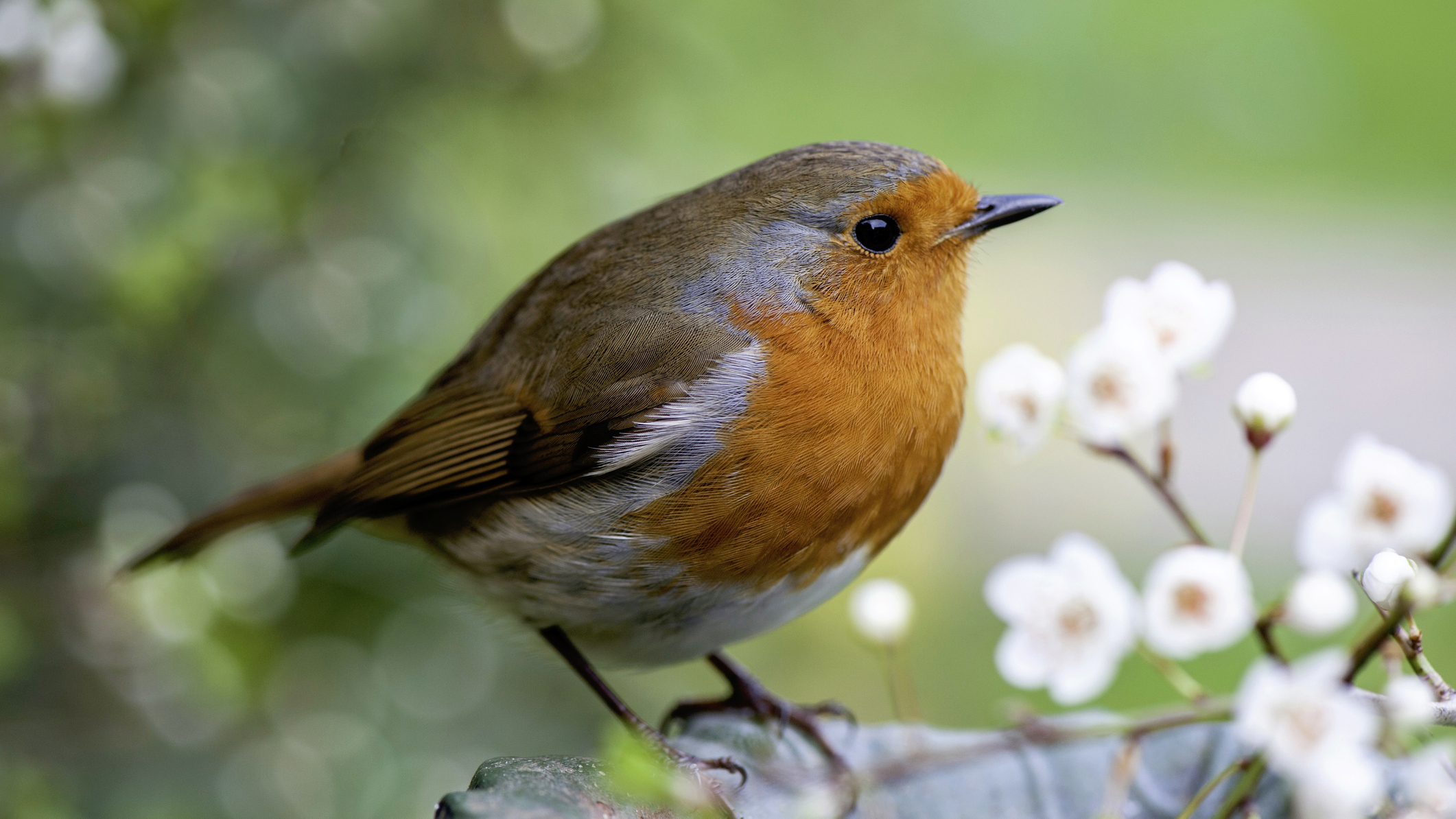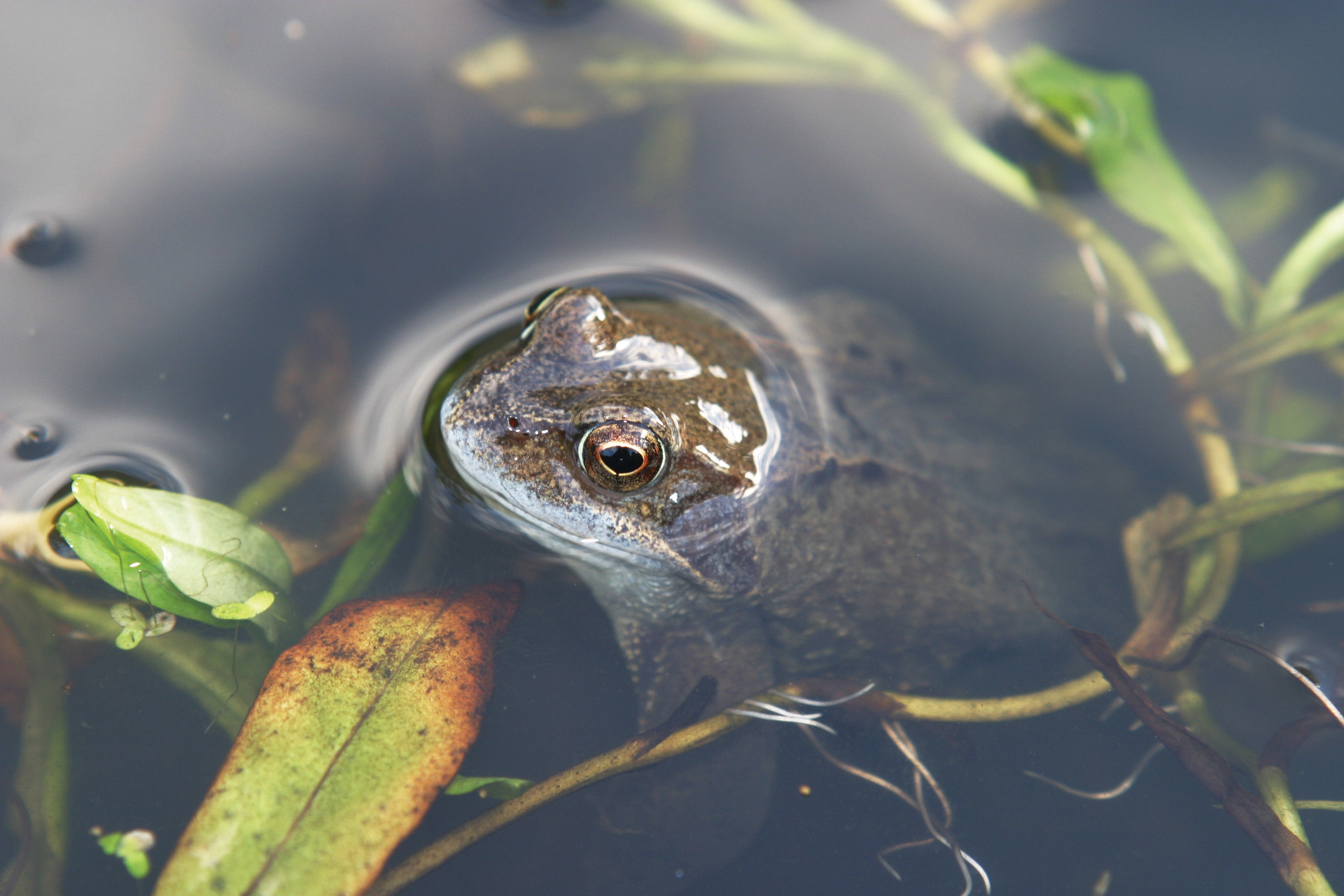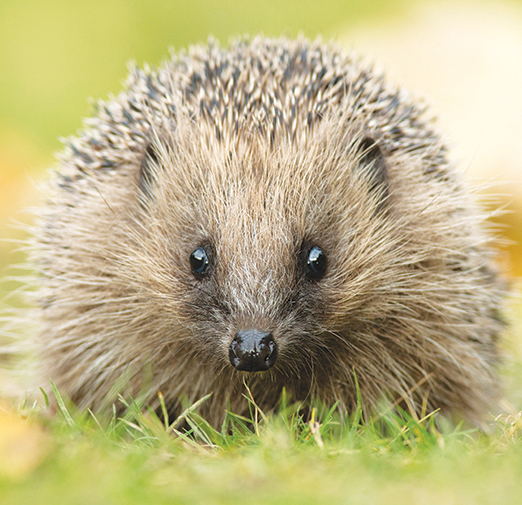Garden wildlife needs help in spring, says Monty Don. Here’s the lowdown on what you can do
Make sure the birds and beasts in your garden thrive in early spring with Monty Don's expert advice


Many of us think about how we can look after the birds and other creatures we love to share our gardens with during autumn and winter. But garden wildlife can benefit from our support in springtime, too.
Birds need good energy supplies for their springtime activities, and it’s not just the feathered visitors to our plots that could do with us paying attention to their needs. To help wildlife we should be aware that new lifecycles may be beginning, while other animals are coming out of hibernation now.
Our favourite expert Monty Don has reminded us of what we can do for garden wildlife in March, and we’re sharing his tips, below. And if you love the idea of encouraging even more insects, birds and beasts to your plot, we have all you need to know in our dedicated wildlife garden ideas feature.
Monty Don’s top tips on caring for garden wildlife now

If you've already checked out our best bird feeders, chances are you’ve been feeding the birds in your garden throughout winter, but should you stop now spring is here? The answer is no, Monty revealed on his website. The reason is that most birds are nesting this month, he says, and many will start laying their eggs.
Nesting and laying require lots of energy but, Monty points out, there isn’t a lot of natural food around for them to consume. Your task, then, is to keep feeding them in March especially on high energy foods such as fat, peanuts and sunflower seeds so the birds can consume much-needed calories. We've got some tasty bird food recipes in our guide on how to make bird feeders.
Which birds should you look out for in the garden? You might see robins, sparrows and blackbirds among the nest-builders. As well as providing food for birds like these, you could also offer them nest-building materials. The RSPB suggests tying up bunches of tiny twigs, dried moss, and stringy vegetable matter near bird feeders.

New life could be beginning in the garden pond (and possibly in puddles) if yours attracts frogs. It’s shallow, still water they prefer for spawning, Monty says. If you spot frogspawn, Monty cautions that you should leave it alone and definitely avoid tasks like planting anything or clearing the pond.
If you don’t have a pond but do want to encourage frogs into your garden, even a plastic washing-up bowl could do the trick, according to the RSPB. Sink it halfway into the ground in a quiet, shady spot, the charity advises, and add a large stone to help the frogs climb in and out. There's more advice on how to build a garden pond in our guide too.
Be aware that if you want to attract amphibians into your garden you should retain some areas of long grass, and create log piles and piles of stones where they can shelter.
You’ll need to give fish-keeping a miss, too. Fish eat frogspawn and tadpoles, so a pond for amphibians shouldn’t contain them.
How long do you need to keep to the do-not-disturb rule with your pond? Monty says to wait until the middle of next month when the tadpoles have hatched.

March is also the month when hibernation or a state of torpor ends for an exciting array of garden inhabitants, Monty reminds us. These include the beloved hedgehog, but also wonderful beasts such as bats, dormice, grass snakes, toads and newts, as well as many butterflies, he says.
If you want to learn how to help hedgehogs and other animals, your job is to avoid disturbing their hibernation spots, Monty advises. Care is required because these creatures will be lethargic and weak, and while tidying the garden might definitely be on your to-do list this month, the areas you’re tempted to sort out may well be where these creatures have been taking refuge.

Sarah is a freelance journalist and editor writing for websites, national newspapers, and magazines. She’s spent most of her journalistic career specialising in homes and gardens and loves investigating the benefits, costs and practicalities of home improvement. It's no big surprise that she likes to put what she writes about into practice, and is a serial house revamper.
